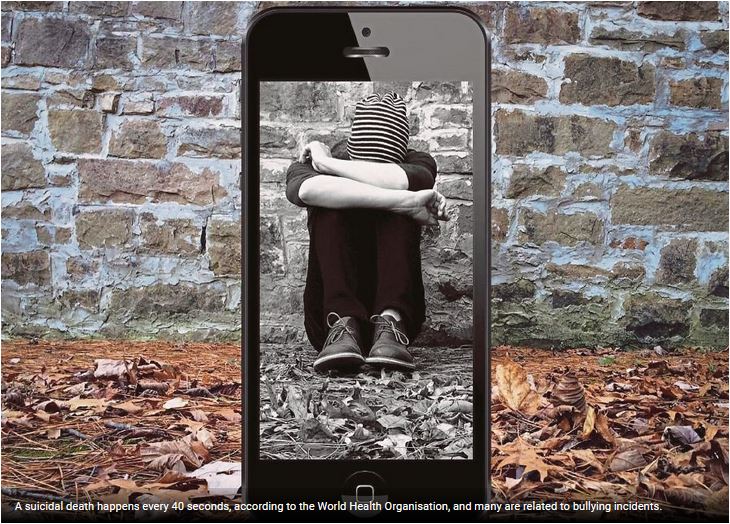Cyberbullying can be fatal, too
Emeritus Professor Tan Sri Dato' Dzulkifli Abdul Razak
Opinion - New Straits Times
March 4, 2020
LET us take a break from Covid-19 and reflect on another issue that recently took the international community by storm — the heart-wrenching case of bullying involving an innocent 9-year-old boy in Australia. According to the video that went viral, the bullying was so intense that he was pushed to the brink of suicide.
With tears in his eyes, he pleaded to end his life. Give me the knife, he was heard saying. His parents seemed helpless and decided to share the tragic event with the world at large hoping for a lasting solution. Or at least, to prevent, if not eliminate, the repeat of such occurrences.
Most people have experienced being bullied. At times, it is no more than an experience of growing up. And most will grow out of it, and many can look back at it with some humour. In some instances, this happens as part of an initiation ritual or “ragging”, where “freshies” joining an institution are subjected to it.
A mild verbal interrogation of sorts. I can still recall one, as a freshie, when asked: “What is ‘nostalgia’?” When I gave the ‘right’ response, I was reminded “not to be smart”. “Nostalgia is a disease of the nose,” came the counter response, followed by a loud round of laughter from everyone. Instantly, friendship was forged that lasted until today. More often than not, it is celebrated as an exercise to “break the ice”, to create rapport with the seniors.
Harmless, and all in good fun.
But all these have changed for the worst over a period of time. According to the New Straits Times (July 27, 2018), bullying is now a social problem that continues to dominate Malaysian teenagers. A study by the Health Ministry revealed that 16 per cent of teenagers here were involved in bullying, although the specific details of what kind of bullying were not disclosed.
With the advent of cyberworld, the situation is more pressing. Last year, reportedly three in 10 young Malaysians were said to be victims of online bullying, which affects their education and social life. The majority was said to experience it through private messaging applications.
More specifically, as in the Australian case, the video resulted in an outpouring of messages from netizens when it went viral. This is just the tip of the iceberg judging from the number of (cyber)bullying that is said to be increasing, from the workplace to common social spaces.
The age groups that are involved also varies, although it is more focused on the younger (immature) ones who tend to be less able to cope with the challenges of life. They are “emotionally defective” and quick to resort to bullying as a form of defence mechanism.
According to some sources, cyberbullying is more rampant because it can be carried out anonymously — anytime, anywhere by anyone, anyhow — without the fear of face-to-face retaliation. Of late, according to a poll by the United Nations Children’s Fund (Unicef) and the United Nations Special Representative of the Secretary-General on Violence against Children, in 30 countries, one in five young people was reported to have skipped school due to cyberbullying and violence.
Social media is getting more implicated in bullying cases, where the bullies can “hide” undetected. Worse still, it allows for graphics and images leveraging on the saying that a picture is worth a thousand words. The virtual impact can be long-lasting and devastating.
As we go on counting the number of deaths due to Covid-19, do bear in mind there is one suicidal death every 40 seconds, according to the World Health Organisation. Many are bully-related, a call we cannot ignore, even more so than the coronavirus outbreak.
The writer, an NST columnist for more than 20 years, is International Islamic University Malaysia rector
The views expressed in this article are the author’s own and do not necessarily reflect those of the New Straits Times

